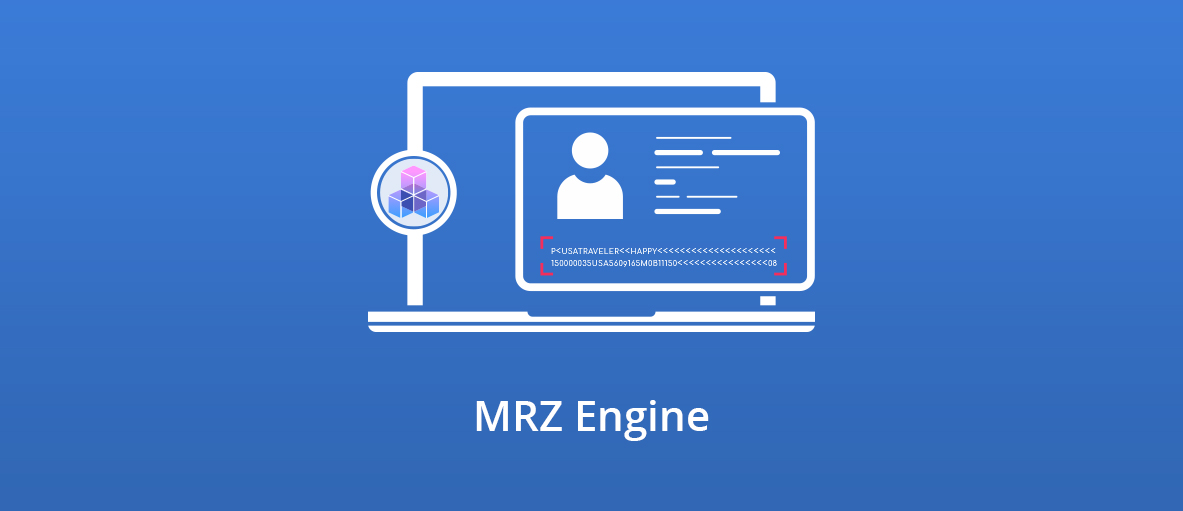Content ingestion is one of the most important aspects of any data-centric process. The concept is based on the premise that the foremost step in getting data from one place to another has the correct information at the right time.
The key element of content ingestion is having a clear idea of what kind of information will be required by your target environment and, accordingly, developing an understanding of how that environment will leverage the incoming information.
In this post, we will explore content ingestion in more detail, including what it is and what are some of the best practices for content ingestion in publishing.
What Is Content Ingestion?
Content ingestion refers to the process of gathering and importing raw data from various sources, organizing it into a proper structure, and moving it to some destination (app or landing stage) to leverage it for querying, analytics, or other similar short-term uses.
In the context of publishing specifically, content ingestion can be defined as the process of scanning, collating, and processing content/data or similar information from all your available documents.
The collated data in a specific database is easy and accurate to correlate, analyze and report for various data-driven and actionable publishing insights per your reader preferences. For instance, the kind of content they like to browse/read, the kind of books they look for on your website, and so on.
There are several benefits that publishers can get from using content ingestion platforms. Among these are the following.
- Content Ingestion platforms help publishers better understand their reader’s needs and behavior to stay competitive in the market.
- The content Ingestion platforms also enable publishers to make better and more insightful decisions, develop superior products, and offer improved customer service to their reader base.
- Content ingestion platforms can help automate various publishing-related tasks that had to be manually executed earlier.
Different Types of Content Ingestion in Publishing
Publishers can perform content ingestion in three different ways, as mentioned below-
Real-Time Content Ingestion
Real-time content ingestion involves the collection and transportation of content or data from various sources on a real-time basis.
The process makes use of workarounds such as change data capture (CDC) that actively monitors transactions and transmits altered data without interfering with the overall database workload.
Batch-Based Data Ingestion
Batch-based content ingestion is a process that involves gathering content or data and transferring the same in batches at regular intervals.
This content ingestion technique can be best implemented when an organization requires gathering particular data points daily or does not require data for real-time decision-making.
Hybrid or Lambda-Based Content Ingestion
The hybrid or lambda content ingestion architecture is a mix of the above two and balances the benefits of both methods mentioned above.
Content Ingestion Best Practices
To make the most of content ingestion platforms, here are some of the best practices you can follow.
Choose the Right Data Format
The process of content infection requires providing a uniform format for data serialization since it is generally available in multiple formats. Uniformity makes it simpler to both analyze and understand big data sets.
Choosing the right format for content ingestion also allows publishers to collect and analyze their reader profiles with greater accuracy. These insights can be leveraged to identify the common traits readers exhibit while browsing the content (social media generated or the content that is most commented upon).
Publishers can then use these valuable content ingestion insights to understand aspects such as key interest areas of readers, their profile, demographics, and also the motivation of users to engage with your content.
Work Around Your Readership Model
The concept of content ingestion in publishing can be most useful for publishers if it can be used to grow the overall readership. Publishers can use it to market and promote their content, driving social engagement and thus strengthening their readership model.
The best way to do this is by using various data-driven content marketing/promotion strategies to make the content appear prominently on social media, searches, displays, mobile, and more.
Proper Support for Unreliable Network
The content ingestion pipeline usually accepts data with various configurations, such as audio, visuals, table format files, log files, and text documents. Since the speed of information transmission can be different, it may pass through an unreliable network.
It is, therefore, best to ensure that your data pipeline can accommodate diverse data.
As a publisher, make sure to leverage a content ingestion platform that not only offers support for an unreliable network but also helps you customize user experience through personalized or tailored content recommendations based on factors such as customers’ historical use and preferences, demographics, and more.
Anticipate Difficulties and Work Accordingly
The prerequisite for any content or data analyzing process is transforming it into a usable form. In publishing, as the volume of data increases, this aspect becomes even more difficult to manage.
Therefore, it gets important to anticipate challenges and accordingly do the planning.
The easiest way to develop a content strategy is to come up with an outline of the challenges associated with your specific use case difficulties and work on them accordingly.
To Wrap Up
Content ingestion service in publishing is an important concept. A powerful content ingestion software/service provider can help publishers import, collect, manage, correlate, analyze and report data from multiple sources, including second and third-party content.
These valuable insights can then be used for impactful decision-making and tailoring readers’ experience and engagement with the content.
If you are looking for the best content ingestion service provider, Hurix is a well-known name in the industry today. Hurix offers on-demand content ingestion services and ensures the delivery of customized results as per the unique requirements of the client.
To know more, get in touch today.





